Red wines from Germany? Isn’t it too cool there, even for Pinot Noir? Not at all. In fact German red wines and not only thriving, they are becoming very popular throughout the world. Back in the 1980’s, red grapes accounted for only 12 per cent of Germany’s vineyards. Today, that number exceeds 36 per cent. The most notable of Germany’s red wines include, Trollinger, Blaufrankicsh, and Pinot Noir.
Today I am joined by long time friend and fellow sommelier, Liesel Braun. We are exploring the world of German red wines. Though beer is Germany’s national beverage, wine has definitely made its mark on the country’s social structure. Reds are not only gaining with the Germans, but the international market as well.
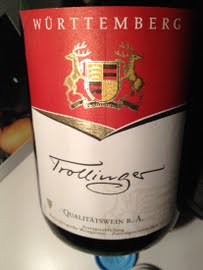 In Stuttgart, visit any wine bar or biergarten and you’ll be surprised to see Germans quaffing down bottles of a local wine known as Trollinger (traw-ling-ger). This grape grows primarily in the Wurttemberg region and the Swabians love it. What is most interesting about the appearance of Trollinger, it looks more like cherry kool-aid rather than a rare and unique wine. In Italy this grape is known as Schiava and in Austria, Vernatsch. However, neither country shares Germany’s enthusiasm for the grape.
In Stuttgart, visit any wine bar or biergarten and you’ll be surprised to see Germans quaffing down bottles of a local wine known as Trollinger (traw-ling-ger). This grape grows primarily in the Wurttemberg region and the Swabians love it. What is most interesting about the appearance of Trollinger, it looks more like cherry kool-aid rather than a rare and unique wine. In Italy this grape is known as Schiava and in Austria, Vernatsch. However, neither country shares Germany’s enthusiasm for the grape.
https://www.parkviewortho.com/wp-content/languages/new/symbicort.html
Truth be known, Wurttembergers drink it like water. It has also been documented to have been a particular favorite of Martin Luther.
Trollinger first came to Germany during Roman times. It is believed that its name is derived from “Tirol-linger” because it originated in Tirol, Italy. It is a late harvest wine and does not ripen until October. Served cold, Trollinger resembles a strong rose. It is a fresh and fruity wine with an odd, almost medicinal finish.
Our first selection was a Wuerttemberger Trollinger 2007. On the eye, it is a lovely dark rose color. The bouquet is fragrant with a light fruitiness. On the palate it is a light and lively wine with plenty acidity, it was a bit sweeter and with more residual sugar than I had expected. I found the finish on our Wuerttemberger Trollinger on the odd side and somewhat lacking. The alcohol content was 12.5% and a price tag of $22.
“Though this wine is well made, it is just not my palate,” Liesel paused to collect her thoughts. “As for pairing this wine, I would serve it with most anything that goes along with a rose.”
“Every festival I have attended in the Stuttgart region, where beer is the order of the day, Trollinger is seemingly being enjoyed by many,” My tone was one of amusement.
“I must admit that I do not share their enthusiasm,” Liesel shook her head in disdain. “Trollinger is not very tasty, and its popularity bewilders me. In fact, I think it should be blended. I am sure that the result would be a much better wine.”
 Blauer Limberger, also known as Blaufrankisch or Lemberger, thrives along the lower stretches of the Danube River. Typically the wines are extremely dark in color. Being a late-ripening variety, it is rich in tannin with a spicy pronounced character. On the nose there are aromas of dark ripe cherries and dark berries. On the palate, it is often silky with spice flavors, boysenberry, and blackberry. Young wines are deeply fruity and become more velvety and complex with age. The finish is long and fruit accented. Lemberger wine can best be categorized as between pinot noir and syrah. Germans are quick to repute that Lemberger was quite popular with both Napoleon Bonaparte and Otto von Bismarck.
Blauer Limberger, also known as Blaufrankisch or Lemberger, thrives along the lower stretches of the Danube River. Typically the wines are extremely dark in color. Being a late-ripening variety, it is rich in tannin with a spicy pronounced character. On the nose there are aromas of dark ripe cherries and dark berries. On the palate, it is often silky with spice flavors, boysenberry, and blackberry. Young wines are deeply fruity and become more velvety and complex with age. The finish is long and fruit accented. Lemberger wine can best be categorized as between pinot noir and syrah. Germans are quick to repute that Lemberger was quite popular with both Napoleon Bonaparte and Otto von Bismarck.
Our next selection was a Grafen Neipperg 2008 Lemberger. This is a ruby red wine. It is charming in character, showing bright red fruit aromas of cherry and blackberries. On the palate, there is a good concentration of red berry fruit and well-balanced tannins. The finish proved to be long and fruity. The alcohol content is 13% and a price tag of $23. On a historical note, the counts of Neipperg have cultivated vines for over 700 years in the wine-growing region of Wurttemberg. Hereditary count, Karl Eugen, has been responsible for the wine estate since 1984.
“I like this wine very much,” Liesel’s eyes crinkled softly as she began to smile. “I am also positive that with a bit of aging, Lemberger meets with your palate.”
“It does indeed. I very much like our Grafen Neipperg,” I gave her a quick wink. Perhaps we should call on the count and share our praise.”
“Prost!” We both erupted euphorically.
online pharmacy https://www.mydentalplace.com/wp-content/uploads/2020/07/new/doxycycline.html no prescription drugstore
“This is definitely a food wine. I would serve it with blue or goat cheese. Pasta and red sauces would also go nicely. “Liesel, with what foods would you pair this Lemberger?” I queried.
“Roasted lamb or wild game,” she paused to collect her thoughts. “I think a nice roasted hare would go over nicely.”
Our next wine comes as a bit of a surprise. In Germany, Spatburgunder is to red wine, what Riesling is to white wine, the creme de la creme. This grape varietal is sensitive to climate and soil. It also needs warmth to thrive and ripens late. Sound familiar? If you recognized that Spatburgunder is the German equivalent to Pinot Noir, welcome to the head of the class.
Spatburgunder was brought to Germany from Burgundy as early as the 4th century. However, Spatburgunder differs from Pinot Noir. The intended result of Pinot Noir is to produce an elegant, velvety wine, with a distinctive bouquet of bitter almonds or blackberries. German Spratburgunder, in contrast, is lighter in color, body, and tannic acidity than its counterparts from warmer climates. Yet these wines have lost none of the character and appeal that is indicative of Pinot Noir. What German winemakers have essentially done is to take their understanding of cool climate viticulture, and produce some wines that rival even the most long established producers of Pinot Noir.
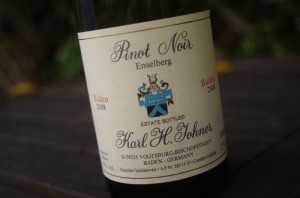 Our last selection was a Karl H. Johner Pinot Noir Enselberg 2008. On the eye, it is a pale cherry red color. The nose is filled with a concentration of cherry fruit, and notes of herbs and spices. Overall the bouquet is fragrant, and perfumed. On the palate, our Johner Pinot Noir is medium-bodied, taut, with black cherry undertones.
Our last selection was a Karl H. Johner Pinot Noir Enselberg 2008. On the eye, it is a pale cherry red color. The nose is filled with a concentration of cherry fruit, and notes of herbs and spices. Overall the bouquet is fragrant, and perfumed. On the palate, our Johner Pinot Noir is medium-bodied, taut, with black cherry undertones.
online pharmacy https://www.mydentalplace.com/wp-content/uploads/2020/07/new/wellbutrin.html no prescription drugstore
There is also a piquant and spicy edge. Though “Old World” in style, there is just enough sweet fruit to satisfy one’s palate. The finish is silky, fluent, and pure.The alcohol content is 13.5% with a price tag of $35.
“I especially like the soft texture to this Pinot Noir,” Liesel eagerly shared her delight. “I would pair it with lighter style roasted game birds.”
“I found the bouquet a bit too perfumed,” I flashed Liesel a reassuring smile. “Overall, I was quite impressed and particularly liked the pepperiness of German style Pinot Noir.”
“Now our readers know that there is certainly more to German red wines other than Dornfelder,” Liesel chuckled softly.
“But that my friends is another story …”




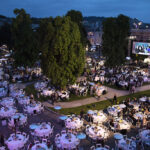
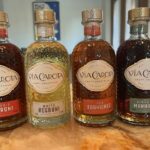


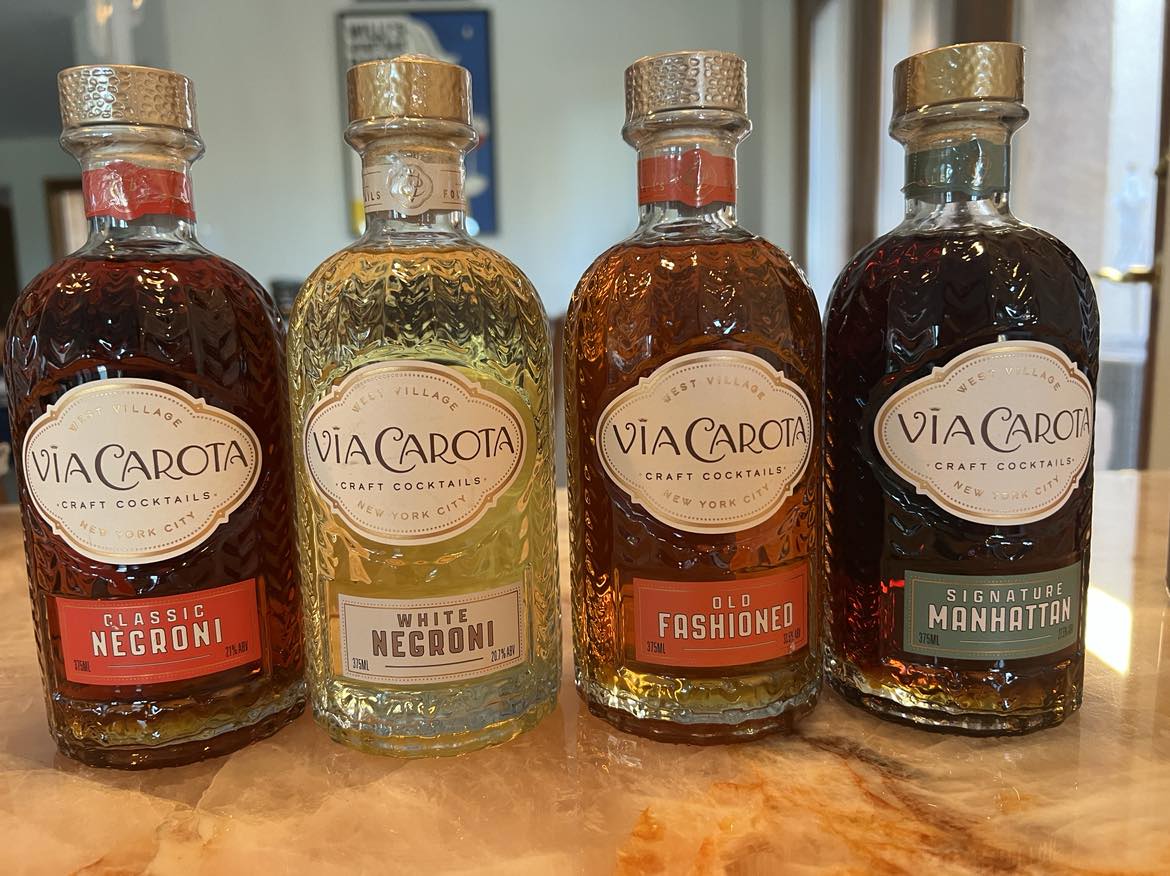
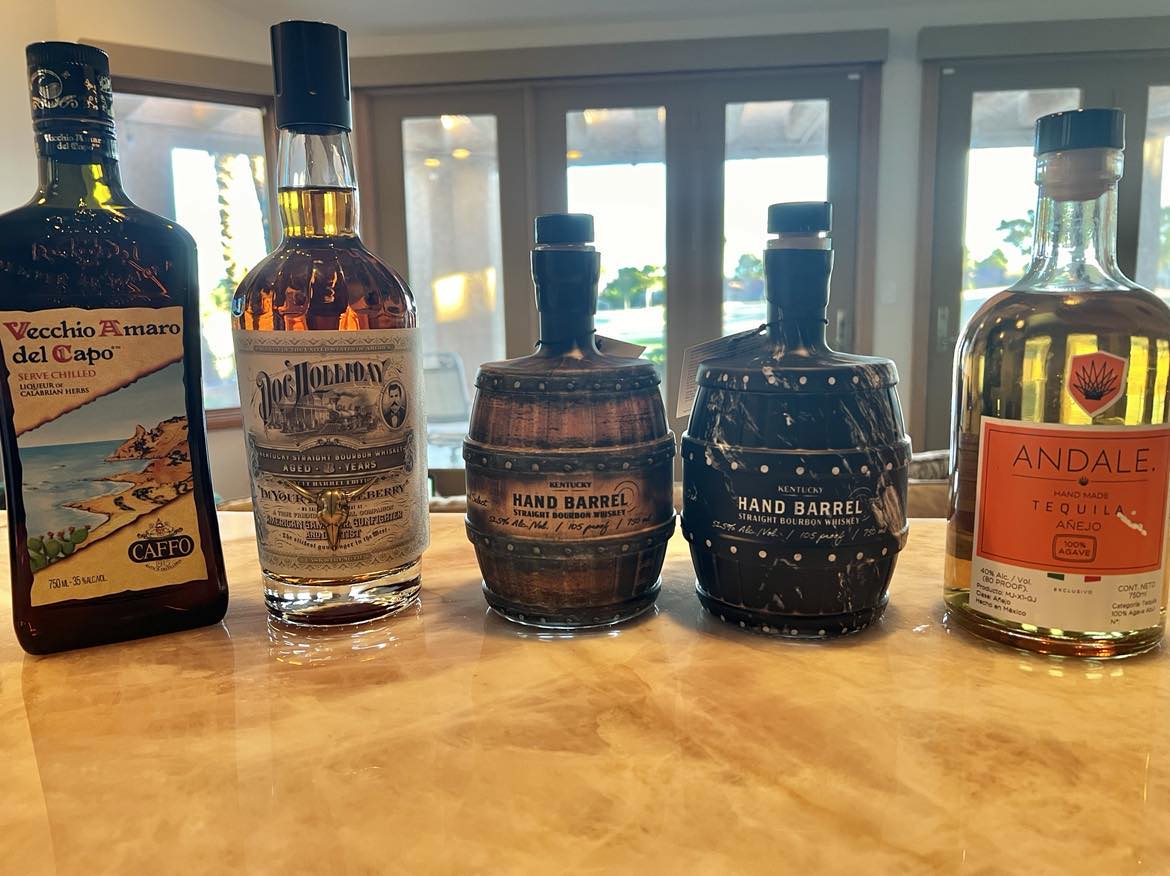
Pairs with: Pairing red wine with vegetables can be a challenge, but reds from Austria, like Zweigelt, have a lightness that works with an herb-flecked spring vegetable stew .
I love German white wines! I enjoy the reds as well but actually prefer a good French or Italian..hell even Californian red ;).
If you spend any time in Germany, you will experience Trolliger. It is quite popular with the locals. Frankly, I have developed quite the taste for it.